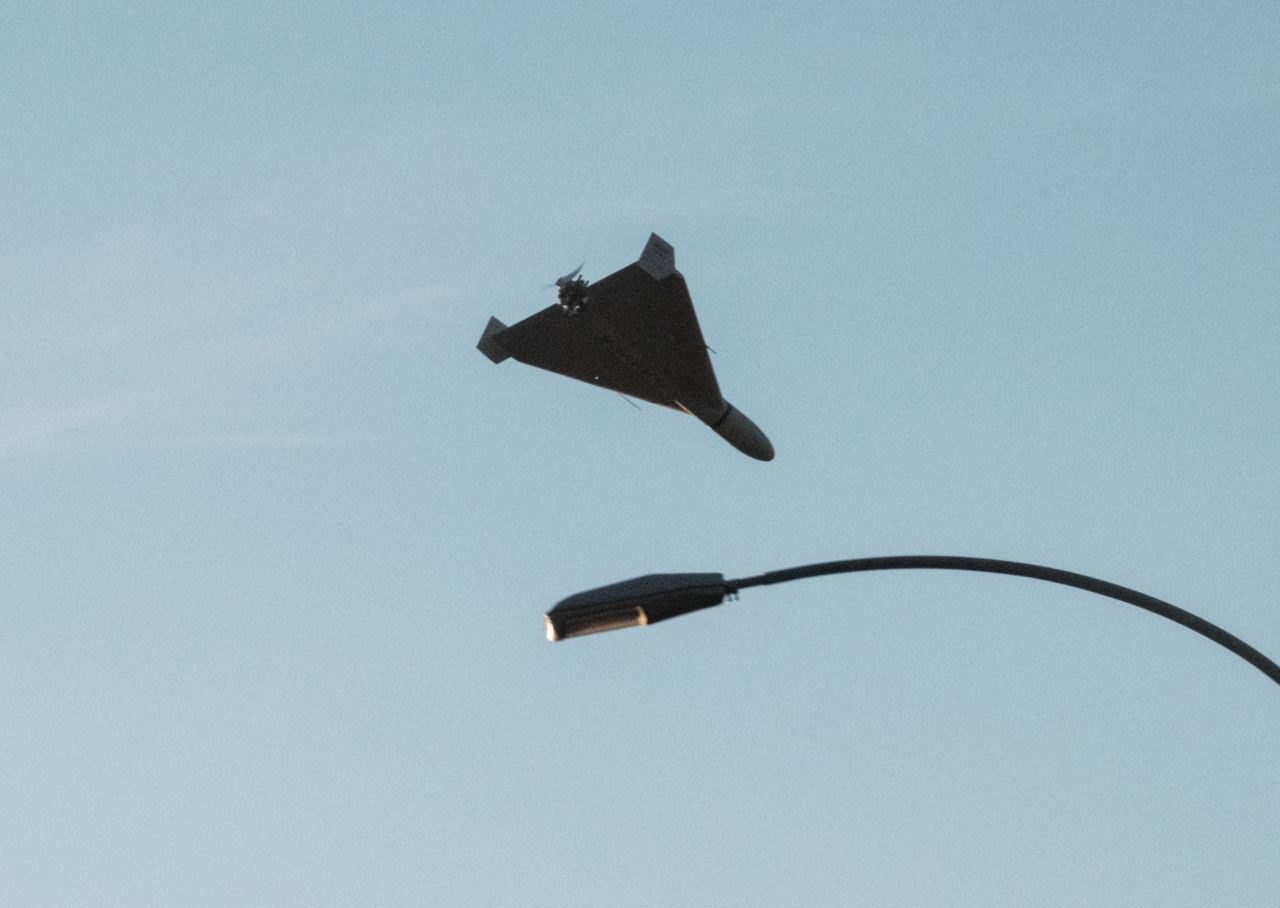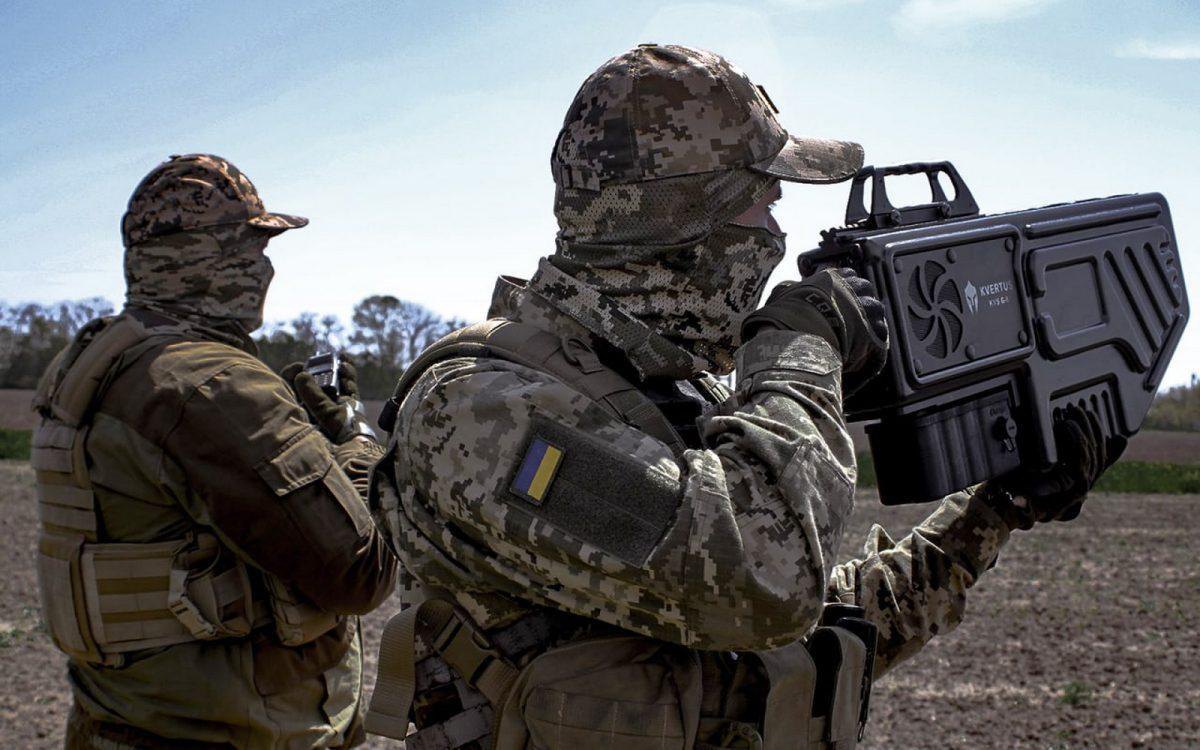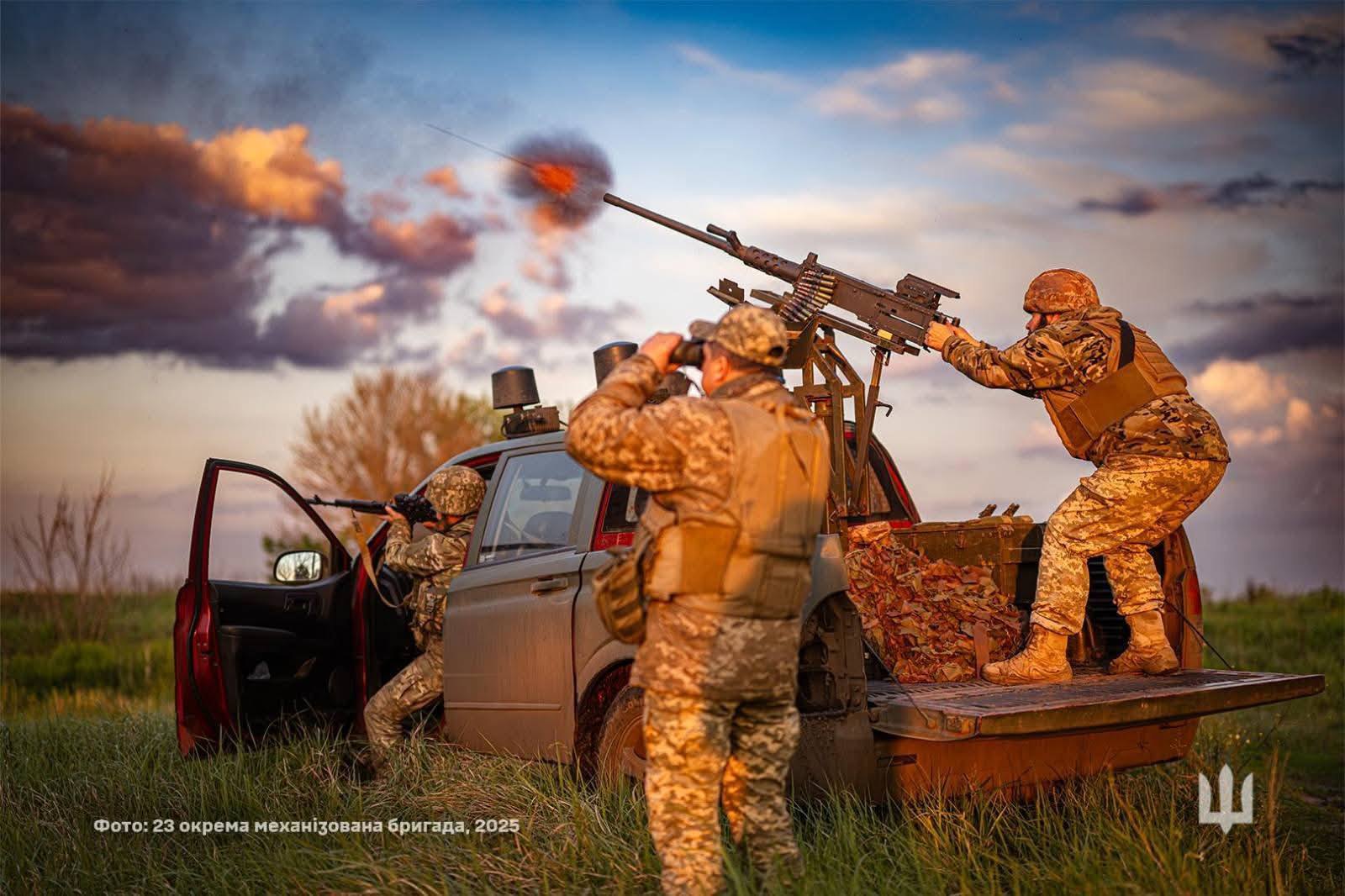First, about the shaheds themselves.
Localisation
The enemy launches an average of 180-190 pieces per day, but this is the total number: not only kamikaze drones are involved, but also decoys/false targets. Probably in a 50/50 ratio, with deviations in either direction due to fluctuations in production.
Over time, decoys will receive small combat units so that we are guaranteed to spend resources on shooting them down or to inflict at least some damage.

That is, there is certainly no question of 300 shaheds per day yet. But the Russians are working on it.
They are working on production and accumulating — they have to wait several days for a strike of several hundred machines.
Yes, it is dangerous, but it should be remembered that the largest bombardment of Ukraine was 127 missiles with warheads weighing half a tonne and almost a tonne in the X-22.
And the Russians could repeat such volleys of 100-120 missiles 2-3 times a month. Until they ran out of supplies.
Effectiveness
About half of the shaheds are shot down by various means — from jet aircraft to anti-aircraft artillery. Another part deviates from its course due to the action of electronic warfare (this number is falling because the enemy is modernising its drones), hitting a house, tree, wires, and not the target.
Or they hit a building without penetrating it — they hit an arch, a column, get stuck in the roof, without detonating.
But overall, their numbers are growing, the damage they cause is increasing, tactics are changing, combat units are being strengthened — one should not consider the enemy to be stupider than oneself and flee to the copium that drones are incapable of anything.
The enemy has begun to use new radio-guided models with cameras, and pre-production testing is likely ongoing.
The design is being refined — tanks are being moved deeper into the fuselage, vulnerable areas are being protected, and the Russians have begun to use navigation from Ukrainian mobile operators and protected antennas.
As of spring 2025, more effort is required to suppress shaheds with electronic warfare means.

New tactics
In addition, a single target is now attacked by dozens of aircraft flying in several waves, often from altitudes of over 2,000 metres, diving towards their target. In other words, they deliberately sacrifice accuracy in order to guarantee that they will hit a factory or warehouse — something is bound to hit the target.
The Russians build their routes taking into account the commands of helicopters and Western fighter jets — somewhere, loitering munitions hug riverbeds and power lines, somewhere they hide among a swarm of decoys.
And before cities, they climb to an altitude of 2-4 thousand metres above buildings so that they are not shot down by mobile fire groups — we rarely do this above buildings.
If our strategic operation to strike the enemy's rear is focused on narrow areas of its industry, for example, we targeted both Azoty plants to knock them out of the explosives production chain, then the Russians are focusing on logistics and industrial production in large cities.
The goal here is morale, the destruction of jobs (not only in the military-industrial complex), logistics, and damage to buildings around the targets. I assume that the reason is to force us into negotiations. This is the whole story that ‘we can fight for twenty years.’

Drone fighters — the search continues
Despite all the experiments with light aircraft and helicopters, no regular units have been formed yet. Neither here nor there.
Well, squadrons designed to intercept only UAVs — not isolated, scattered across regions ‘copters’ or enthusiasts on training piston aircraft.
Because there are problems with guidance, friendly fire (everyone remembers how the Russian Air Force shot down its own transport plane that was taking off), pilot training, and armament — machine guns on pylons and carbines from the back seat of a training tandem are frankly insufficient in terms of power.
Moscow had squadrons that worked on BEC — until they were hit by anti-aircraft missiles from Magur and lost several crews. Now they are experimenting with FPV, for example.
But many months have passed since the experiments began.
War is evolution
Therefore, one should not think that it is very easy to scale any ideas — imagine that at one time we did not go for mobile groups with small anti-aircraft artillery, but, for example, invested in the development of piston aircraft. They would have intercepted black-painted Shaheds over the Dnipro at night and shot them down over cities.

Would we be able to intercept hundreds of vehicles before they reached high ground, where it would be difficult to reach them?
The honest answer is no.
It's just that the war has changed once again. Just as tank battalion assaults came to an end, column movements almost ceased, and the Russians learned to hunt our night ‘bombers’ using night FPV, acoustic posts, and duty aircraft.
And, of course, it should be acknowledged that now Mobile Fire Groups have become more like mobile observation posts than a means of shooting down aircraft — an evolution is needed here.
Probably, the scaling of anti-aircraft drones, the modernisation of small anti-aircraft artillery with ballistic calculators and night channels, the purchase of modern anti-aircraft guns with target tracking and programmable shells from the EU.

Plus, operational headquarters in each region that focus the efforts of electronic warfare units, mobile groups, anti-aircraft drones, helicopter teams, etc.
Of course, maximum dispersion of production. Naturally, shelters. Drones and cruise missiles fly for several hours, but people who should be in shelters regularly die in their homes.
War is a constant evolution, and it is time to respond, because the enemy will also scale up successful solutions. As it did in its time with KAB and Orlans.







